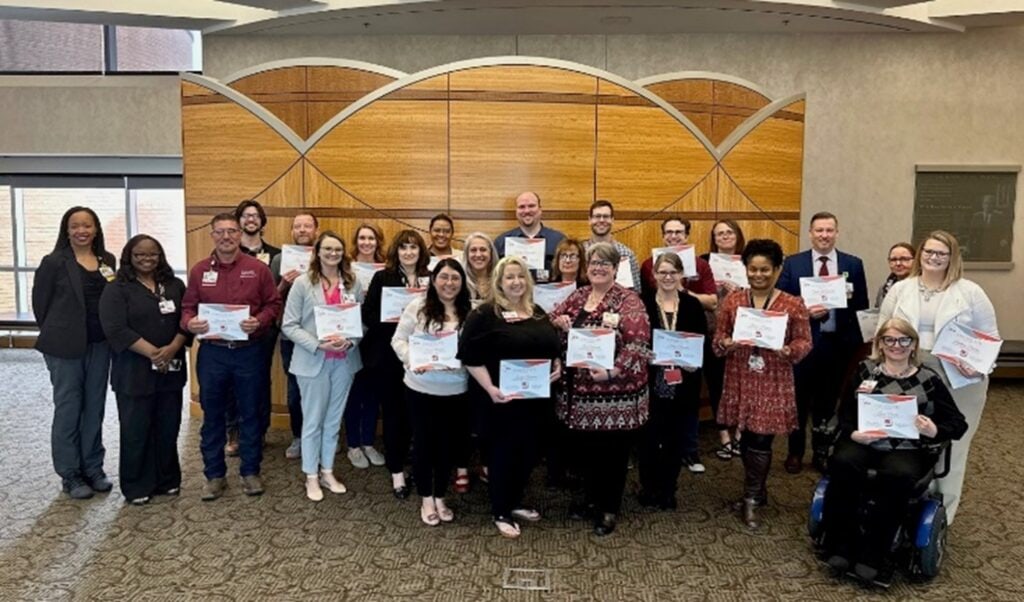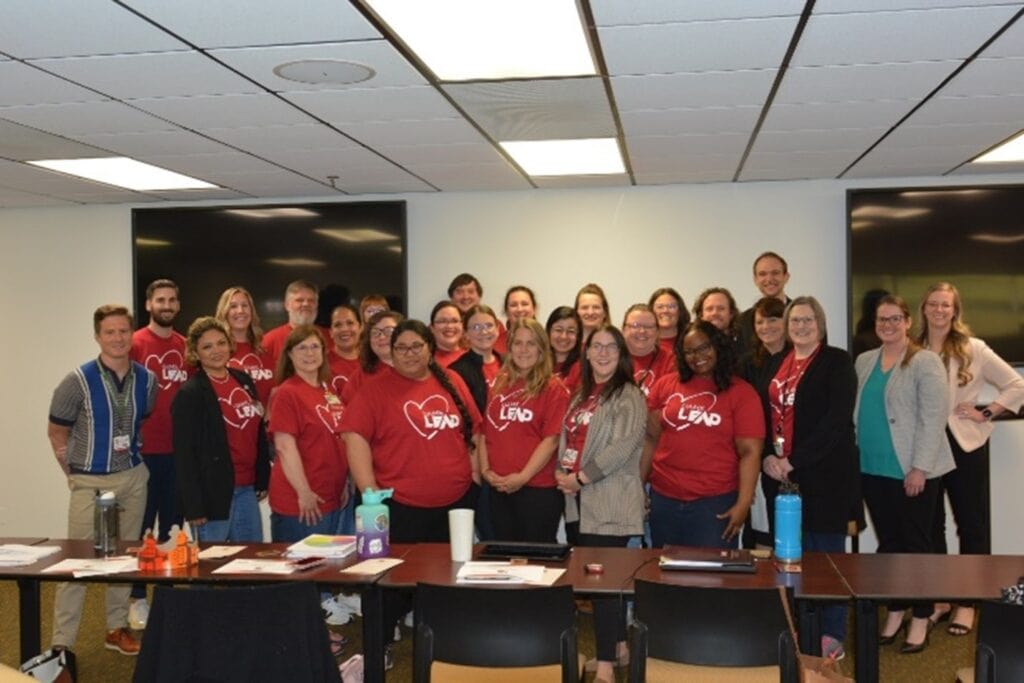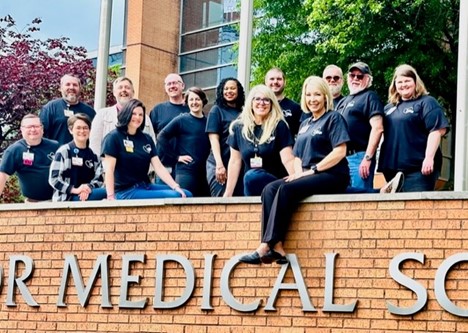
Conflict resolution within teams is a continuous occurrence. Yet, a compelling narrative in William Ury’s book, “Possible: How We Survive (and Thrive) in an Age of Conflict,” shifts our perspective toward a new approach to finding solutions.
A Librarian’s Lesson in Conflict Resolution
In a passage from William Ury’s book, a story unfolds about two students in a library opening and shutting a window. The two students found themselves in a heated conflict over their opposing needs for the window. The librarian in the room notices the two students arguing over this window. She decides to intervene to help resolve the conflict. She starts by asking one of the students why they kept opening the window. The librarian learns that this student wanted some fresh air in the library to help them study. She then turns to the other student who kept closing the window to ask why they wanted it closed. This student explains that the breeze from the open window was blowing their papers around making it hard for them to study. The librarian thinks for a moment and then decides to close the window. She walks to a different room and opens a window in that room. She explains that now the fresh air will come through the library but the draft from the window will no longer disturb the other student’s papers, ultimately this settles the conflict and everyone wins.
Compromise vs. Integrated Solutions
The author, William Ury goes on to explain that we often think that “compromise” is the solution to our conflicts, however, he explains that compromise comes from each party sacrificing something. A compromise in our story might look like keeping the window half open and half closed. Ultimately while this is a solution, it ensures that neither party is completely satisfied. William Ury suggests that there is a way for both parties to win and no one to lose. He uses the term “integrated solutions”.
Integrated Solutions
Integrated solutions refer to approaches in conflict resolution or problem-solving where the needs and interests of all parties are fully met without requiring compromise. Instead of each side giving something up, an integrated solution finds a way to satisfy everyone’s underlying needs, often through creative and innovative thinking. This approach encourages looking beyond the immediate conflict to understand the deeper concerns of each party, leading to outcomes where everyone feels they have won.
Why Use Integrated Solutions for Conflict Resolution and Problem-Solving
Using integrated solutions in conflict resolution and problem-solving is advantageous because it fosters a collaborative environment, encourages innovative thinking, and leads to sustainable and mutually beneficial outcomes. By focusing on the underlying needs and interests of all parties, integrated solutions avoid the drawbacks of compromise, where each side might have to give something up, potentially leading to dissatisfaction. Instead, this approach seeks to understand and address the root causes of conflicts, ensuring that solutions are comprehensive, inclusive, and supportive of stronger relationships and better problem-solving in the future.
Steps for Finding an Integrated Solution:
- Empathetic Inquiry: Active listening to understand the needs of all parties involved with empathy.
- Core Needs Assessment: Identifying fundamental needs beyond the initial stances. Dig a little deeper to understand the core of the conflict.
- Innovative Brainstorming: Valuing creative solutions over compromises. When everyone wins, everyone is happy.
- Synergistic Approaches: Finding solutions that simultaneously address multiple needs. Brainstorm possible solutions for each party and find where they overlap.
Post-Implementation Considerations:
- Monitor and Evaluate: Assessing the solution’s effectiveness and its fit for the intended needs. If the solution isn’t working, try another solution.
- Communicate Openly: Maintaining transparency and inviting feedback throughout the process. You can’t fix what you don’t know is broken.
- Iterative Improvement: Making adjustments based on feedback and changing needs. Consider how this feedback can improve your understanding of the conflict or problem at hand.
Enhancing Team Involvement:
Consider getting your team involved in the brainstorming portion of the steps. This is a great way to improve your employee engagement. It helps by:
- Encouraging Active Participation: Making team members feel valued.
- Diversifying Perspectives: Enriching the solution pool with varied viewpoints.
- Fostering Ownership: Increasing individual commitment to solutions.
- Building Skills: Developing problem-solving and negotiation skills.
- Promoting Innovation: Stimulating out-of-the-box thinking.
This approach leverages collective intelligence and cultivates a culture of collaboration and creativity, preparing teams to tackle future challenges with greater adeptness.
Give it a try with your team and let us know your feedback!











